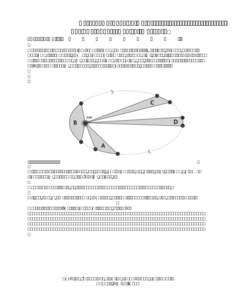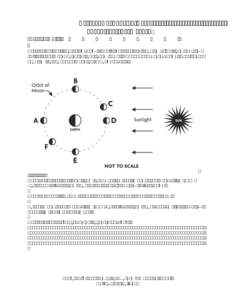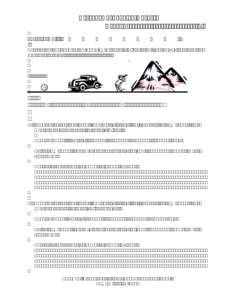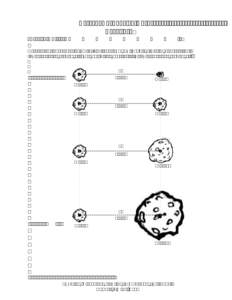131 | Add to Reading ListSource URL: astronomy101.jpl.nasa.gov- Date: 2018-02-06 17:12:30
|
|---|
132 | Add to Reading ListSource URL: astronomy101.jpl.nasa.gov- Date: 2017-09-19 16:11:14
|
|---|
133 | Add to Reading ListSource URL: astronomy101.jpl.nasa.gov- Date: 2018-02-06 17:12:30
|
|---|
134 | Add to Reading ListSource URL: astronomy101.jpl.nasa.gov- Date: 2017-09-19 16:11:15
|
|---|
135 | Add to Reading ListSource URL: astronomy101.jpl.nasa.gov- Date: 2018-02-06 17:12:30
|
|---|
136 | Add to Reading ListSource URL: astronomy101.jpl.nasa.gov- Date: 2017-09-19 16:11:13
|
|---|
137 | Add to Reading ListSource URL: astronomy101.jpl.nasa.gov- Date: 2017-09-19 16:11:13
|
|---|
138 | Add to Reading ListSource URL: astronomy101.jpl.nasa.gov- Date: 2017-09-19 16:11:14
|
|---|
139 | Add to Reading ListSource URL: astronomy101.jpl.nasa.gov- Date: 2018-02-06 17:12:30
|
|---|
140 | Add to Reading ListSource URL: astronomy101.jpl.nasa.gov- Date: 2018-02-06 17:12:30
|
|---|